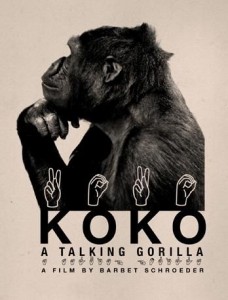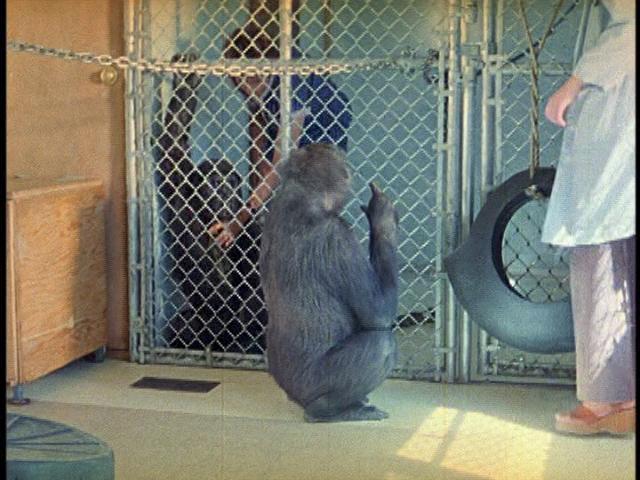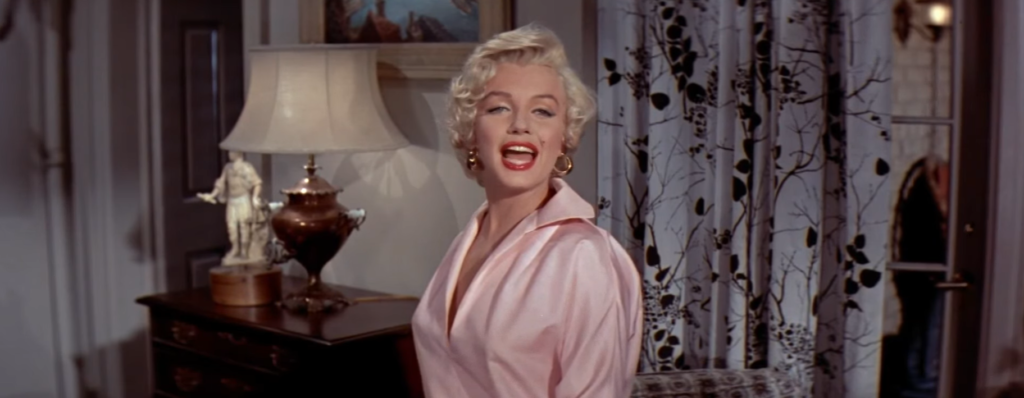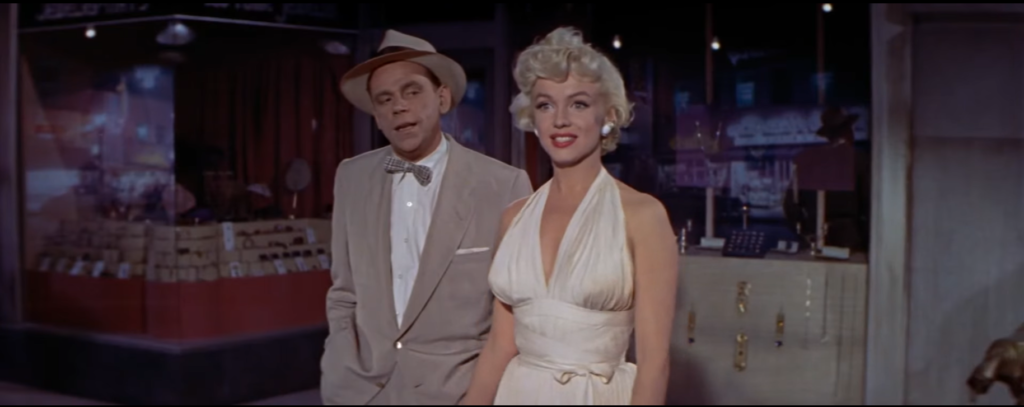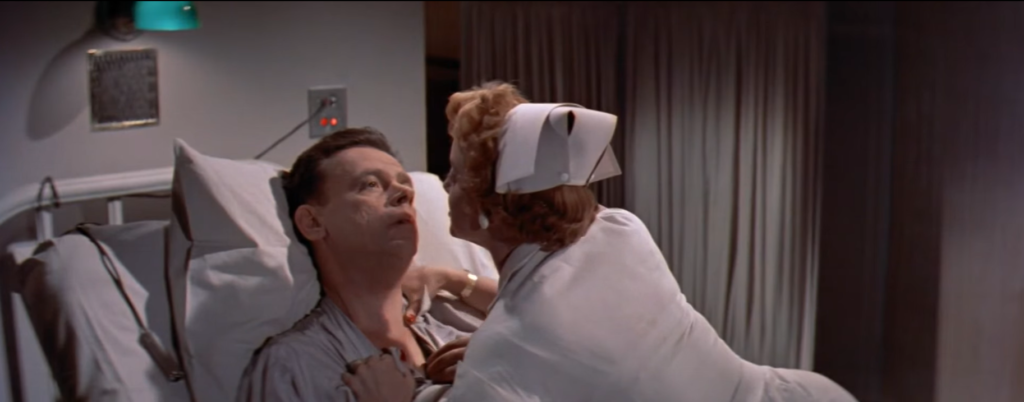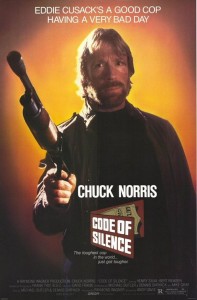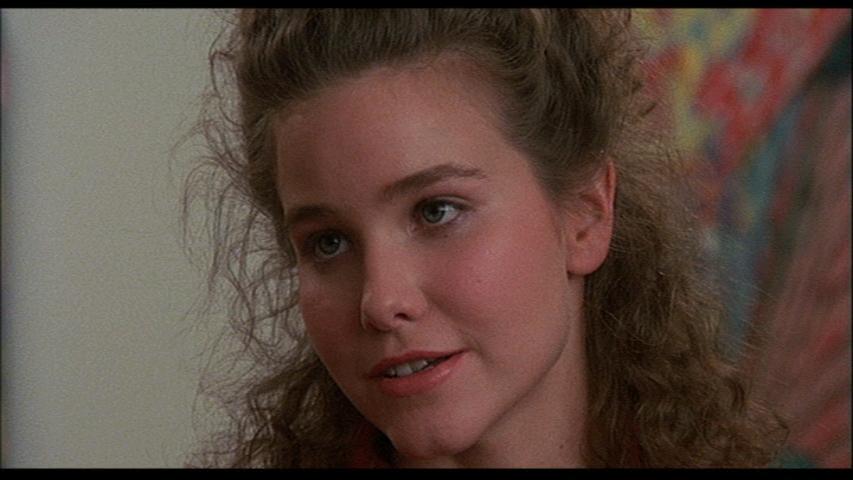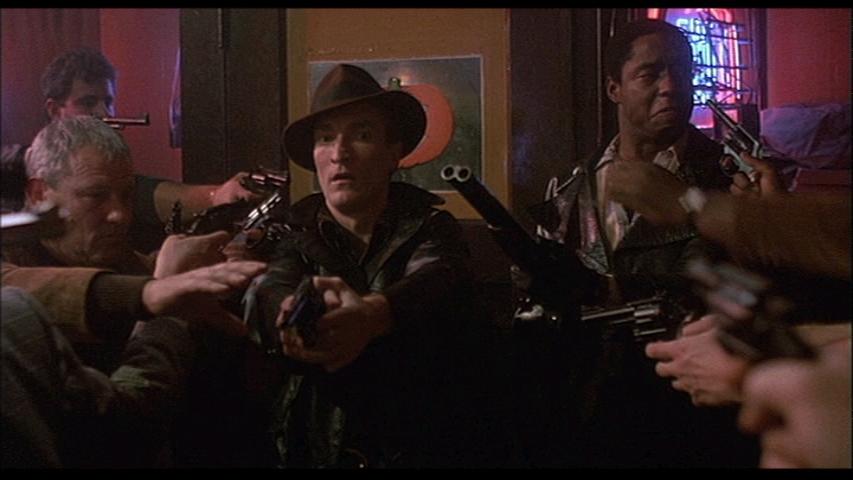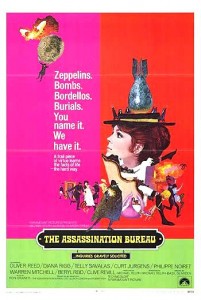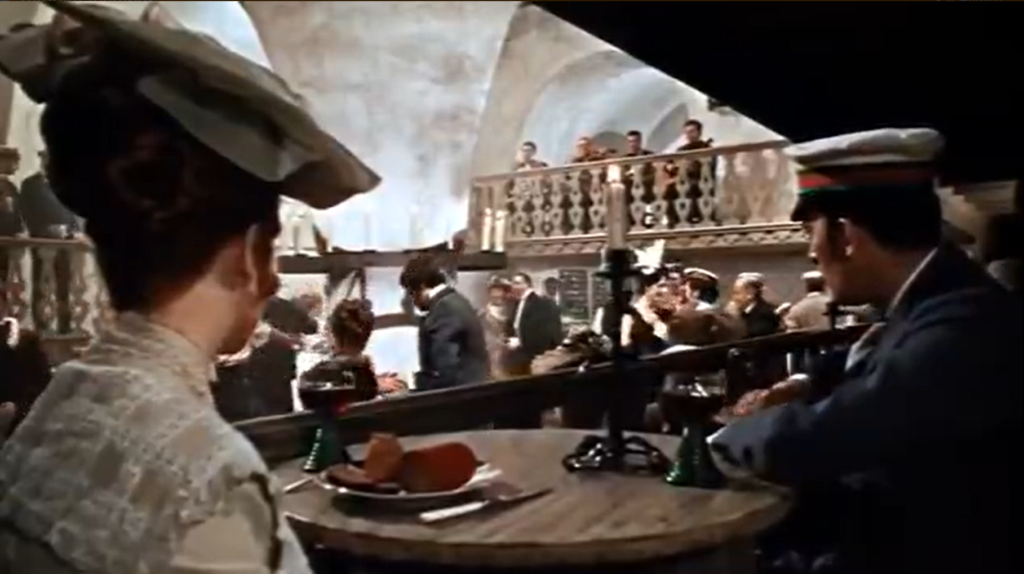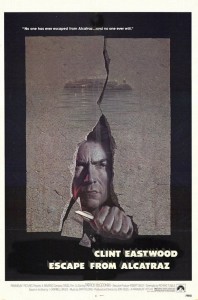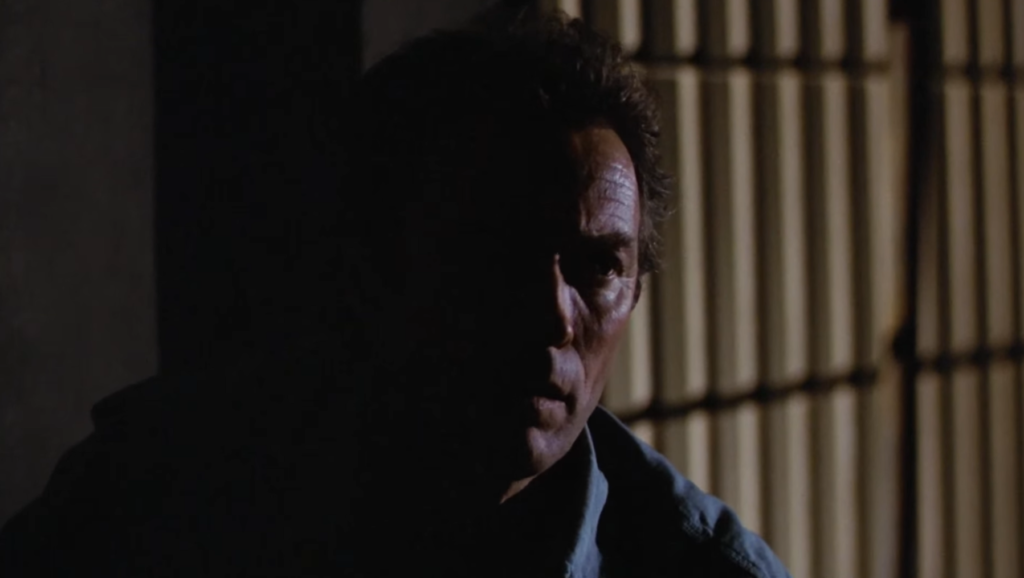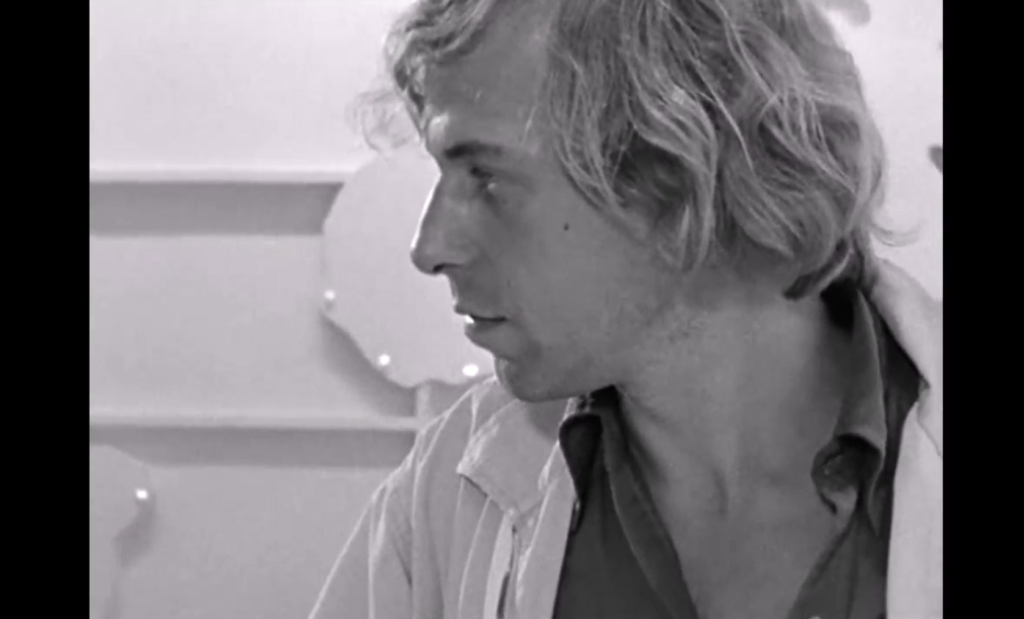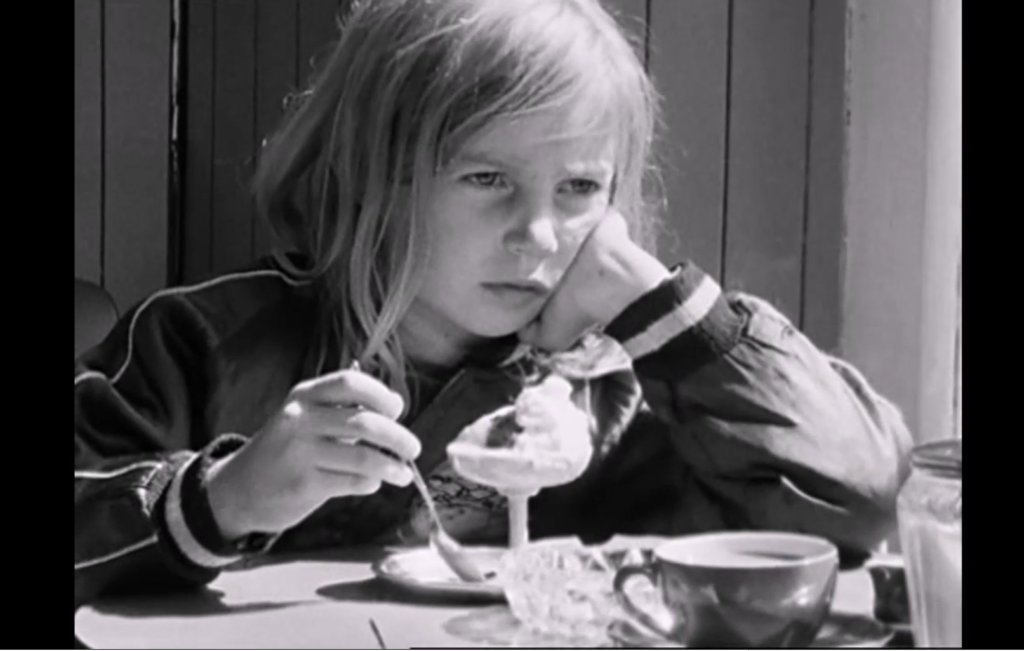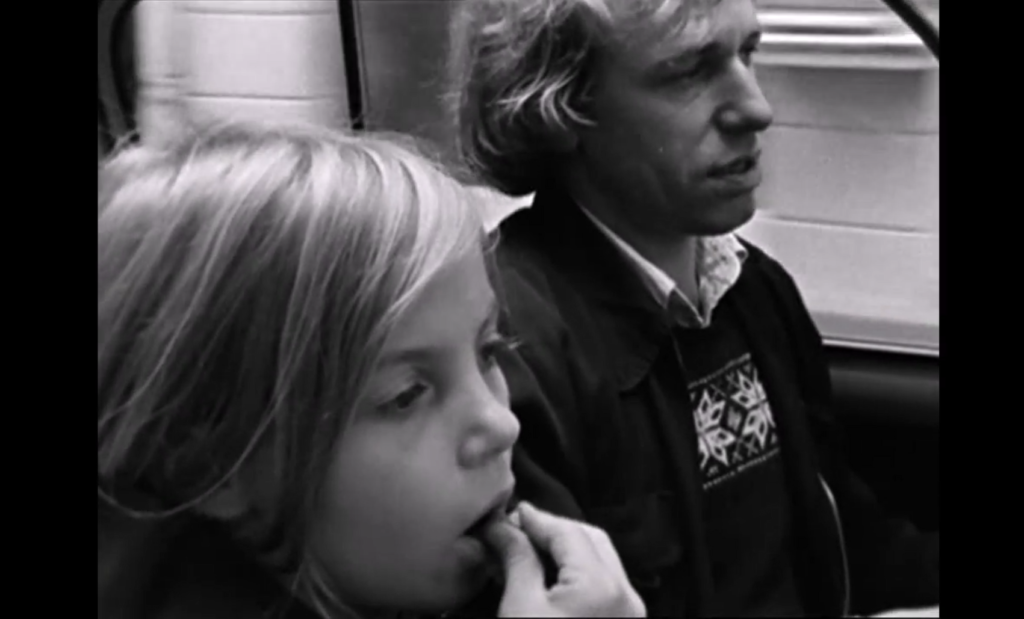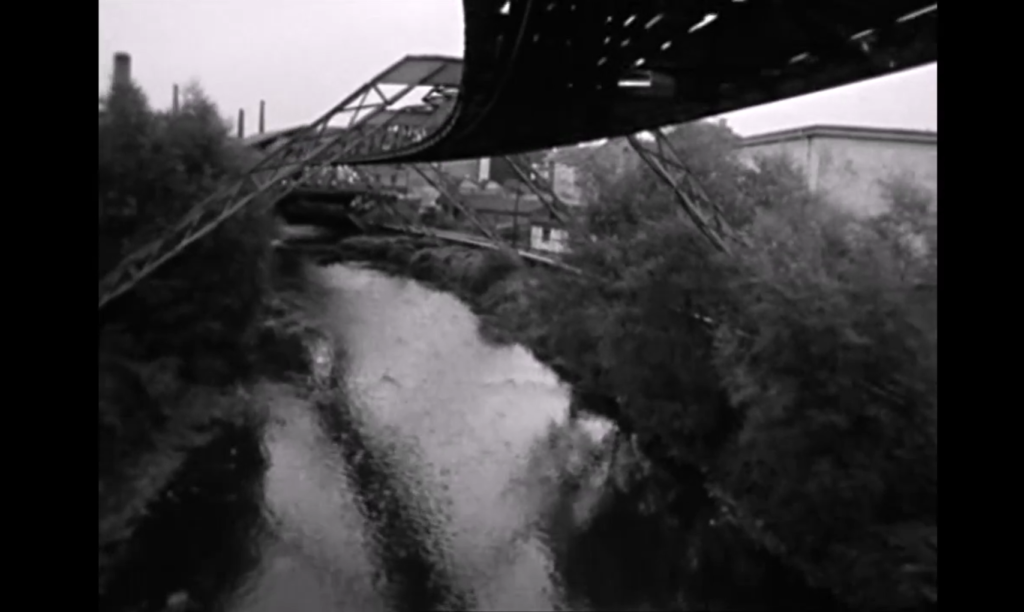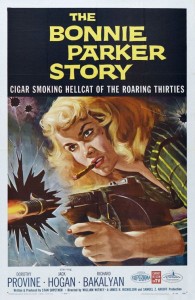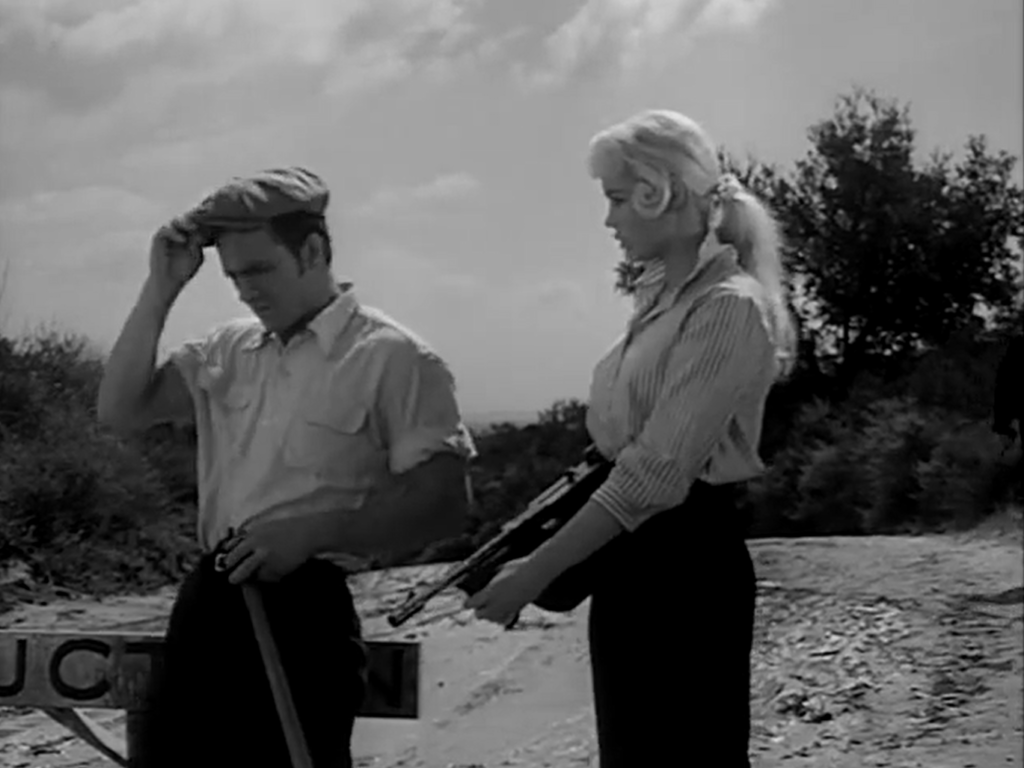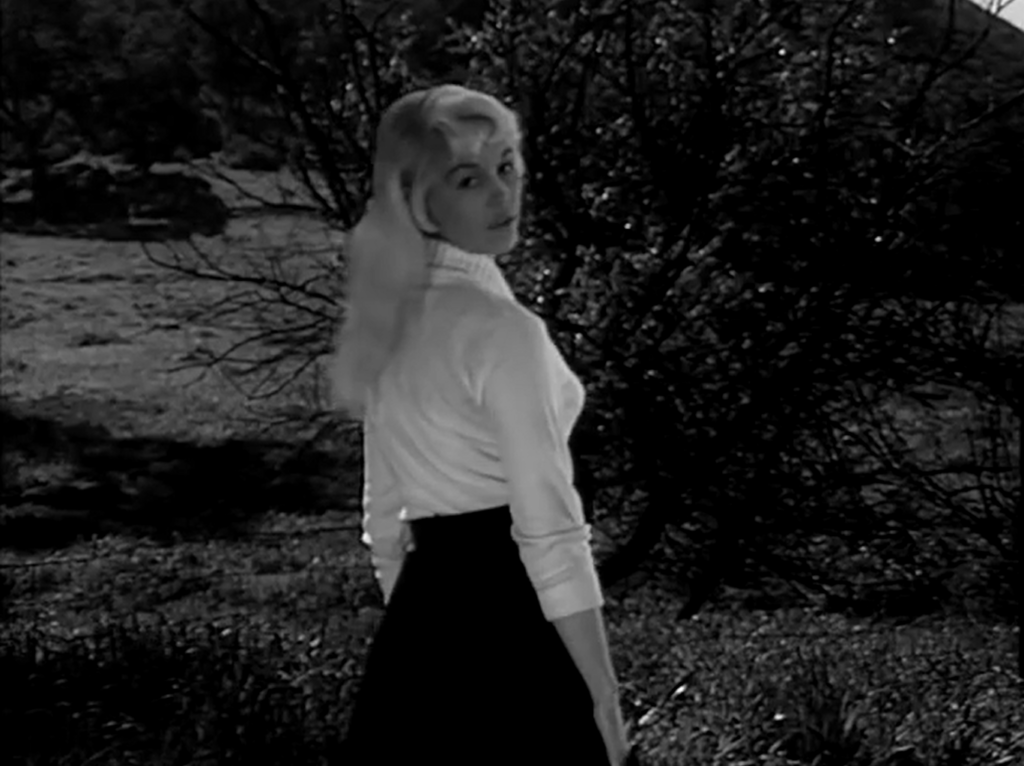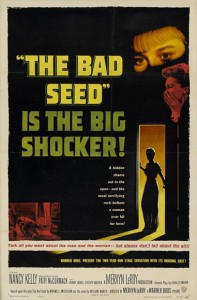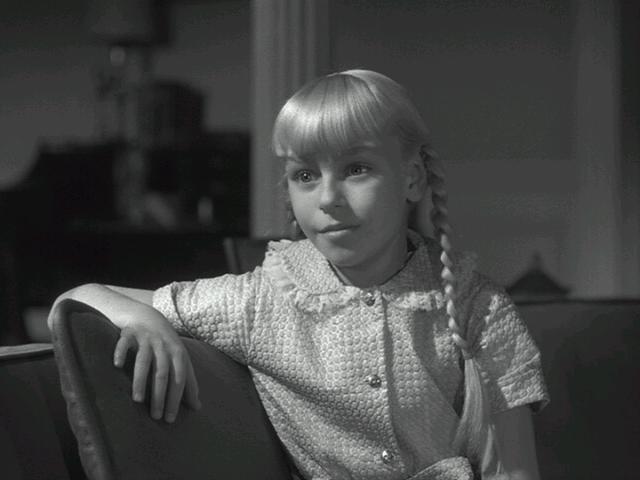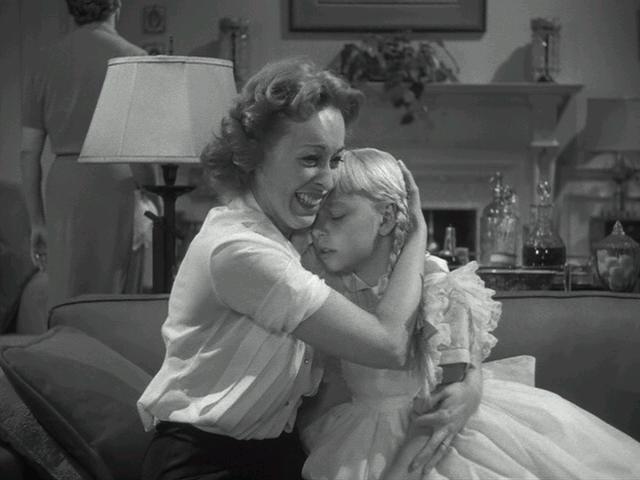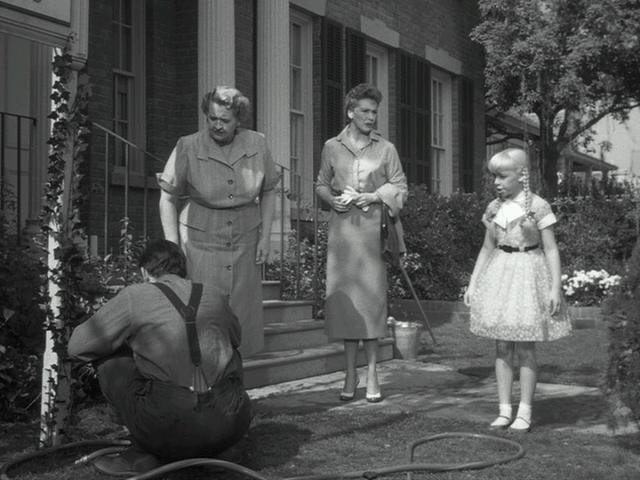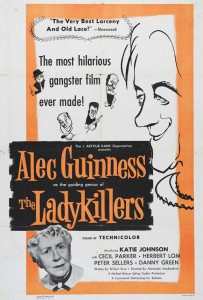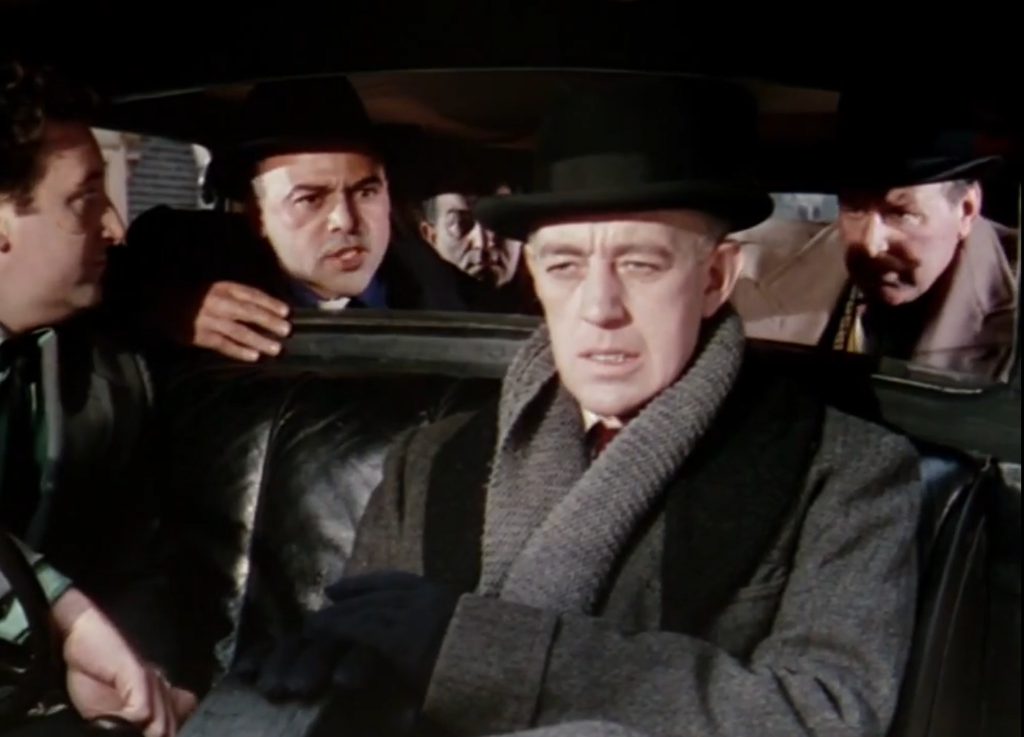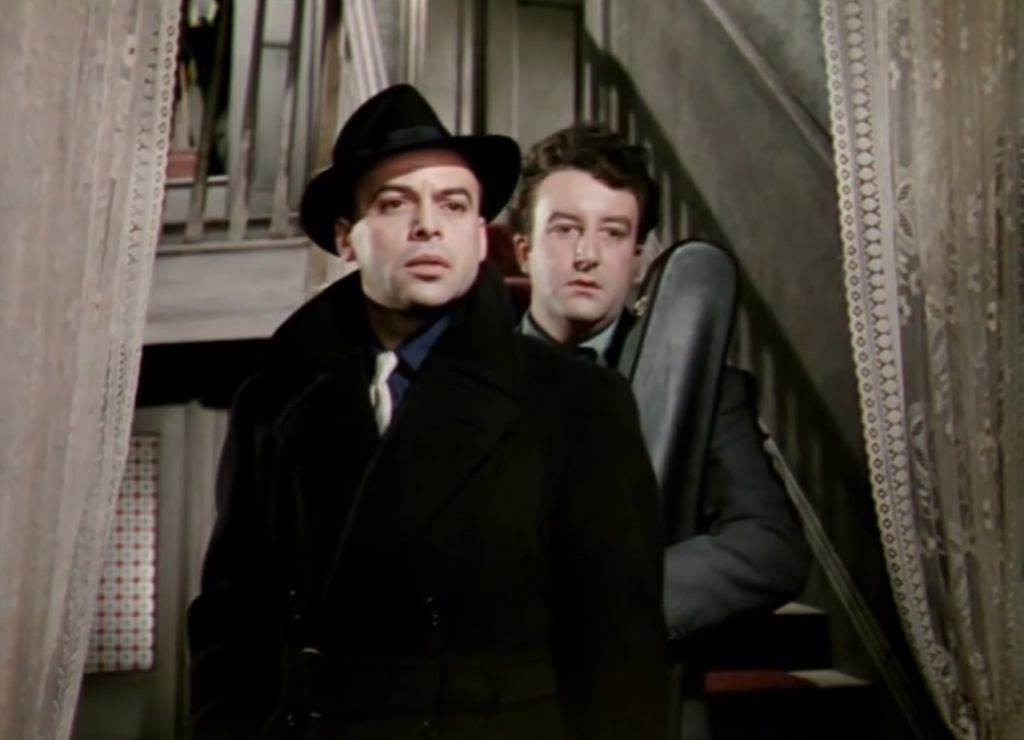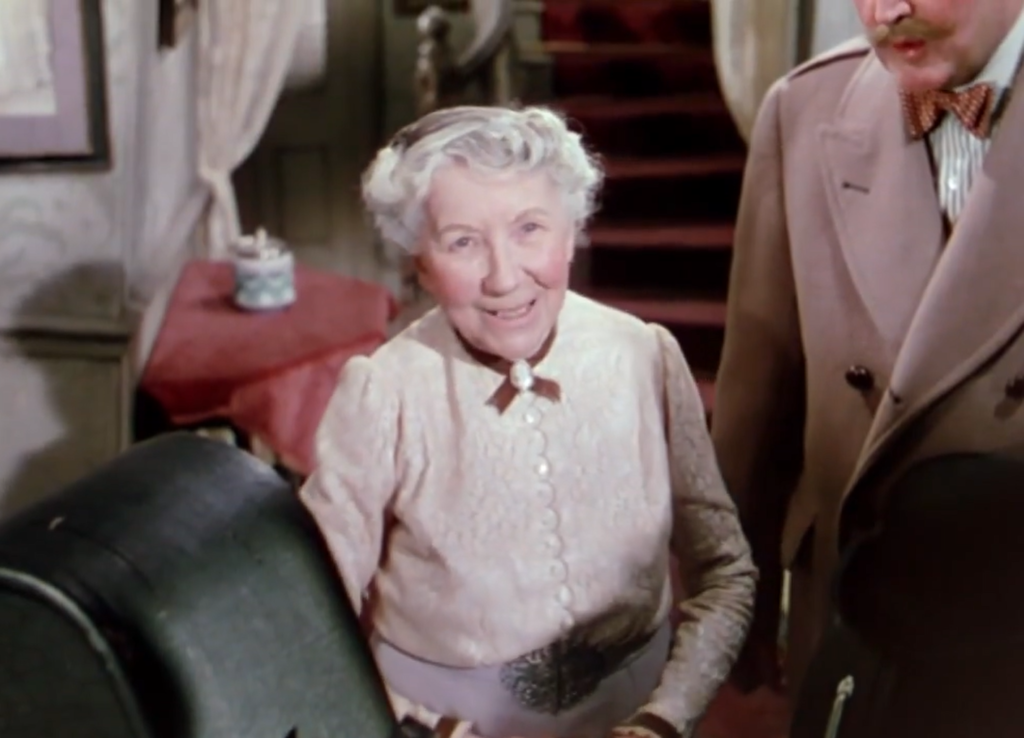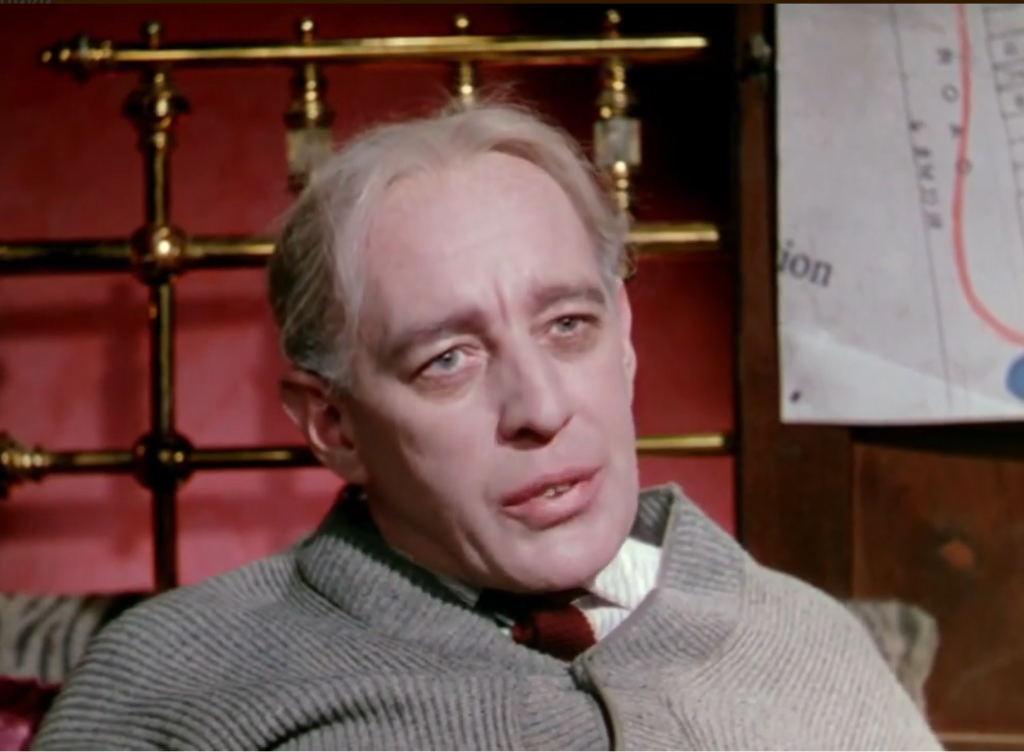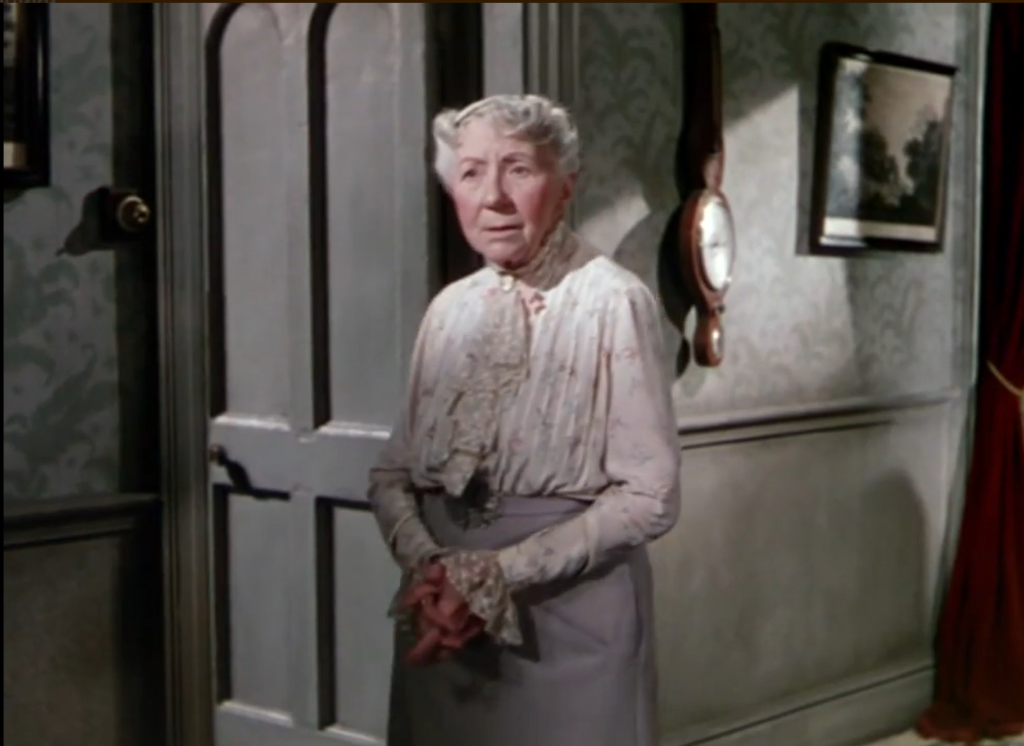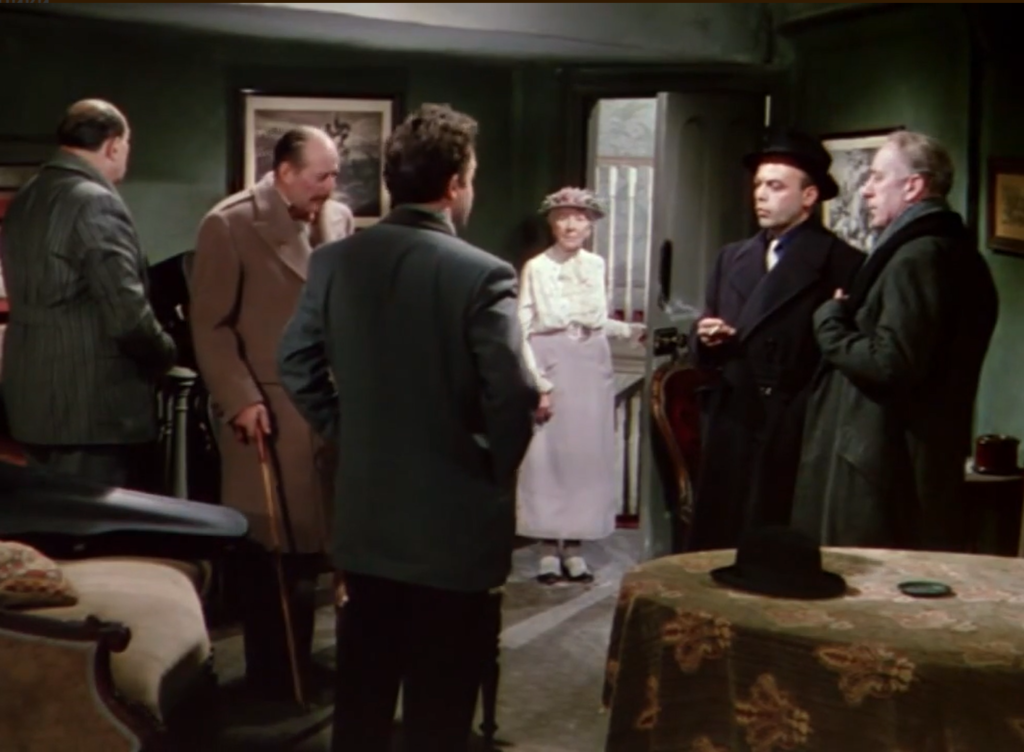Koko: A Talking Gorilla (1978)
“Who is to say that only human beings are persons? Isn’t this gorilla demonstrably a person?”
|
Synopsis: |
|
Genres, Themes, Actors, and Directors:
Review: But is this such a bad thing? After all, Penny and her associates had a noble goal in mind, one well in tune with the general sensibility of the 1970s — to move beyond human chauvanism, and be open to the possibility that homo sapiens aren’t the only “people” on Earth. Unfortunately, however, such notions were sorely misguided — as Pinker puts it, “Is it really ‘humility’ for us to save species from extinction because we think they are like us?” Ultimately, Penny’s project (which continues to this day) smacks of fanaticism; I’m all for protecting gorillas, but don’t think we need to teach them human language in order to justify this. Ultimately, then, I found watching Koko to be more disturbing than enjoyable — though I’m sure it made for fascinating viewing back in the time of its release, when the project was fresh and we were much more naive about its potential outcome. Children may also relate to watching Koko (whose equivalence in human intelligence, if one forces the issue, is roughly that of a toddler) reading a book with Penny, rejecting a yellow sweater in place of her favorite red one, and selecting her lunch items out of the refrigerator. For my part, however, the only scenes which I can look back on with genuine delight are those in which Koko interacts with her gorilla-friend Michael (see stills below); this is when she finally seems to be in her element, rather than forced to perform according to human expectations. Redeeming Qualities and Moments:
Must See? Categories
Links: |
